22 August 2024
The LEO Foundation’s latest round of research grants sees DKK 44 million to 12 international skin research projects, that will illuminate new corners of dermatological knowledge.
How can a system that mimics the fetal way of forming connective tissue and at the same time keeps the immune system calm, contribute to the ability of adult skin to heal without scarring? What is the genetic background of rosacea, a common and chronic facial skin inflammation? And can a new treatment help patients suffering from from psoriasis?
These are just some of the questions being tackled by the 12 research projects, recently funded by the LEO Foundation with a total of more than DKK 44 million. Among the grant recipients are Professor Ole Birger Pedersen at Zealand University Hospital in Denmark, Assistant Professor Wei Tao from Brigham and Women’s Hospital in the US, and Professor Rebecca Deprez-Poulain at Institut Pasteur de Lille in France.
“We are very pleased to award funding for these 12 pioneering research projects from across the world. The funded projects are highly diverse and vary from exploring the mechanisms of skin aging and immunity dysfunction to new treatment of psoriasis and determining the genetic basis of rosacea. Each research project will create new dermatological knowledge that will benefit the many people globally who live skin diseases,” says Anne-Marie Engel, Chief Scientific Officer at the LEO Foundation.
This round of Research Grants in open competition saw 54 applications and covered basic, translational, technical, clinical and epidemiological research.
A glance into the projects
Understanding the genetic pathways of rosacea
One project to receive a grant is that by Professor Ole Birger Pedersen from Zealand University Hospital in Køge, Denmark. His research aims to identify the genetic pathways of rosacea and determine the causal connection and modifiable risk factors associated with previously reported systemic comorbidities.
Rosacea is a common chronic inflammatory skin disease of the face, which may manifest as a bulbous nose, flushing, and inflammatory pimple-like spots among other discomforts. Severe rosacea has a large impact on patients’ quality of life, social and psychological well-being and has been linked to many systemic comorbidities including cardiovascular, psychiatric, neurological, and cancer diseases.
Ole Birger Pedersen has recently developed a rosacea classification tool, which he applied to a cohort of approximately 55,000 Danes, allowing for detailed analysis of the association between rosacea, risk factors and comorbidities.
The knowledge gained from this explorative research may eventually pave the way for developing new treatments and early targeted interventions.
Exploring the potential of new treatment of psoriasis
Professor Rebecca Deprez-Poulain from Institut Pasteur de Lille in France receives a grant for her research project focused on the therapeutic potential of the so-called ERAP1 and ERAP2 inhibitors for the treatment of psoriasis.
Psoriasis is known to be caused by the erroneous recognition of self-antigens by T-cells. Rebecca Deprez-Poulain has identified selective inhibitors of ERAP1 and ERAP2, which decrease antigen presentation and T-cell activation, showing preliminary positive results in vivo.
Rebecca Deprez-Poulain’s research will combine both structural biology, medical chemistry, biochemistry, and cellular biology to optimize currently known compounds into potent and selective inhibitors targeting ERAP. This project may define the optimal profile of an ERAP inhibitor as a pharmacological tool, providing a foundation for the exploration of ERAP’s role and eventually the development of an ERAP-based oral treatment for psoriasis.
Mimicking the scarless fetal wound healing process
Another project to receive funding is that by Dr. Wei Tao, Farokhzad Family Distinguished Chair for Innovation at Brigham and Women’s Hospital in the US. His research explores biological mechanisms to improve wound healing in adults by mimicking the processes involved in connective tissue rearrangement during fetal development. He aims to use sophisticated mRNA delivery techniques to produce specific proteins that replicate the generation of the fetal extracellular matrix while simultaneously keeping the immune system in check, thereby inhibiting the biological processes that lead to scar formation. Wei Tao’s research holds potential not only for establishing a foundation for future scarless wound healing studies but also for clinical applications in wound care and other dermatological diseases using mRNA medicine.
12 Research Grants
Christoph Schlapbach
Associate Professor, Inselspital, Bern University Hospital, University of Bern, Switzerland, DKK 3.9m
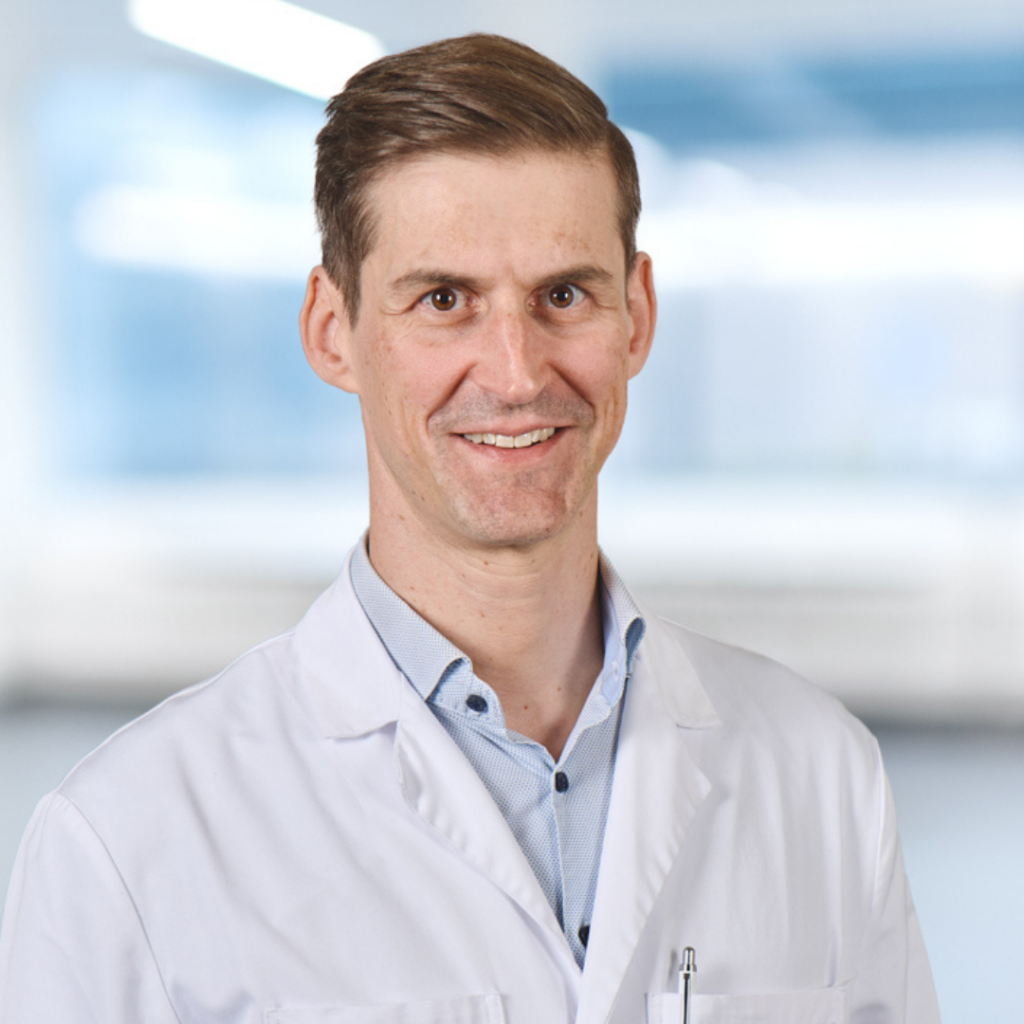
The IL-18 Conundrum: Investigating the role of IL-18 the pathogenesis of atopic dermatitis
Christoph Schlapbach’s project aims to elucidate the role of interleukin (IL-)18 in atopic dermatitis (AD), a prevalent, chronic skin disease with significant burden and unmet therapeutic needs.
IL-18 is linked to AD pathogenesis by multiple lines of evidence: IL-18 receptor (IL-18R) gene variants associate with AD susceptibility, IL-18 levels correlate with disease severity, and animal models of AD suggest a pro-inflammatory function of IL-18 in type 2 skin inflammation. Yet, the functional link between IL-18, considered a Th1-promoting cytokine, and AD, a Th2-driven disease, remains obscure. Christoph Schlapbach’s preliminary data now indicate that (i) there is a functional link between AD-associated IL18R gene variants and heightened Th2-cell responses, (ii) IL-18 can promote secretion of pathogenic cytokines in Th2 cells of AD patients, and (iii) skin explants from lesional AD skin can be used to model the effects of IL-18 in the complex environment of human skin.
Christoph Sclapbach’s project will leverage genotype-phenotype-function studies in a translational approach to dissect the mechanisms by which IL-18 influences Th2 cell-mediated inflammation in AD. Utilizing state-of-the-art methodology and functional validation experiments, the study aims to clarify IL-18’s role in AD pathogenesis to answer this long-standing conundrum in the fields of dermatology and immunology.
The results of Christoph Schlapbach’s project may provide a new understanding of IL-18’s role in AD, potentially enabling improved treatment.
Eran Elinav
Head of Department, Weizmann Institute of Science, Israel, DKK 4m
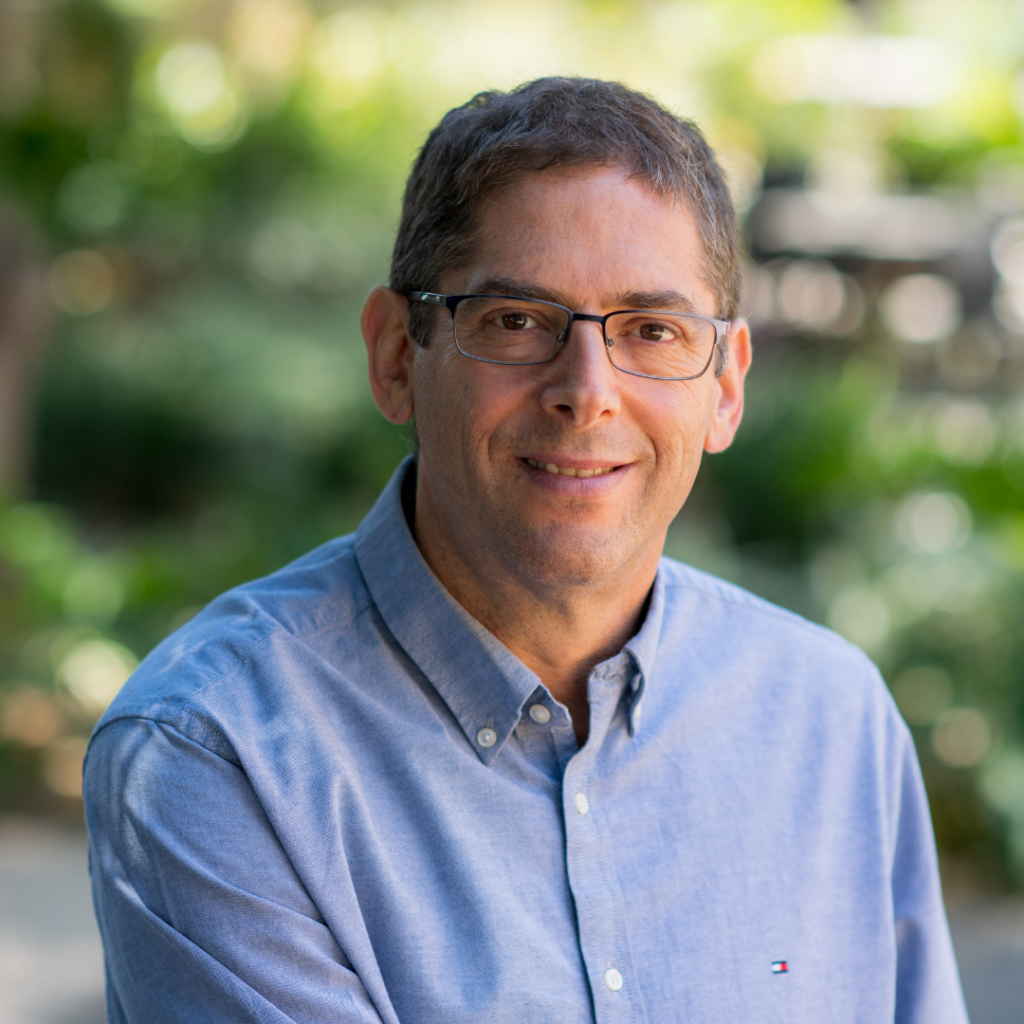
Decoding circadian host-microbiome skin interactions in health and psoriasis
Eran Elinav’s project explores the role of circadian rhythm in regulating host-microbiome interactions in the skin, and the impact of abnormal circadian rhythm on the microbiota of the gut, with a potential link to skin inflammation, psoriasis in particular.
While the exact cause of psoriasis remains elusive, it is believed to stem from a combination of genetic and environmental factors, including dietary and biological clock-related influences. The mechanism by which these factors impact psoriasis is closely tied to the circadian rhythm, as evidenced by the abnormal circadian rhythms observed in psoriasis patients. In recent years, the pivotal role of the microbiota – the trillions of indigenous microorganisms inhabiting the human body – has come to the forefront. Eran Elinav’s group has recently uncovered that circadian disruption can exacerbate inflammatory diseases by disrupting the diurnal oscillations of the gut microbiota. His project explores how the circadian clock may also orchestrate fluctuations in the dermal microbiome, which could be crucial in understanding skin diseases such as psoriasis.
Eran Elinav’s project aims to identify novel host-microbiome interactions in the skin and generate a novel framework for microbiome-based interventions for psoriasis.
Jeffrey Rasmussen
Assistant Professor, University of Washington, USA, DKK 3.8m
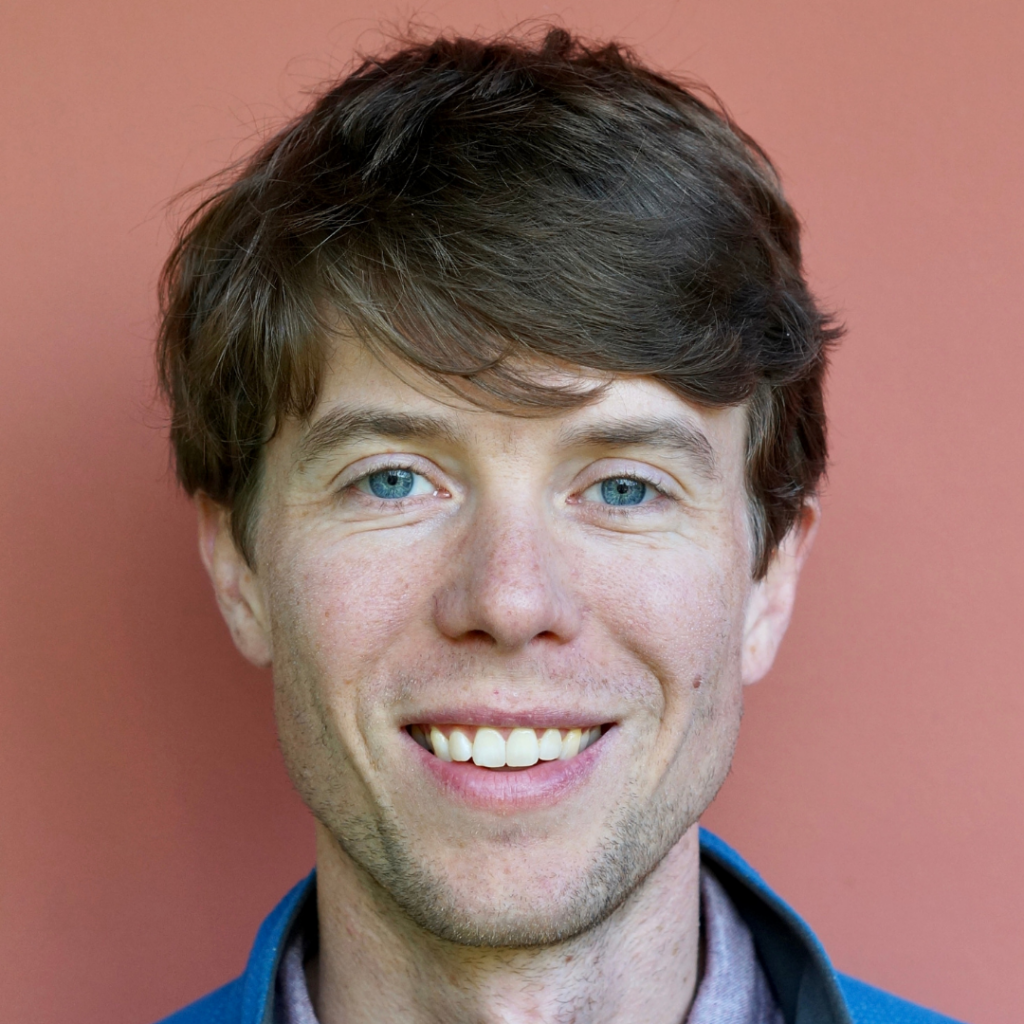
Control of Langerhans cell dynamics and function by the microtubule cytoskeleton
Jeffrey Rasmussen’s project investigates the mechanisms governing Langerhans cells’ immune response in wound healing, particularly the role of the microtubule cytoskeleton.
Skin provides a robust and durable physical barrier essential for regulating hydration and repelling pathogens. Damage to skin must be rapidly resolved to maintain organ homeostasis. Epidermal-resident immune cells known as Langerhans cells use dendritic protrusions to dynamically surveil the skin microenvironment, which contains epithelial keratinocytes and somatosensory peripheral axons.
The mechanisms governing Langerhans cell dendrite dynamics and responses to tissue damage are not well understood. Jeffrey Rasmussen and his lab have developed a tractable system using adult zebrafish to study Langerhans cell dynamics. Initial studies using this system revealed several new discoveries, including: 1) that Langerhans cells are the primary phagocyte for degenerating somatosensory axons; 2) Langerhans cells undergo stereotyped responses to local and tissue-scale keratinocyte wounds; and 3) the actin regulator ROCK regulates key aspects of Langerhans cell wound responses. Despite advances in identifying mechanisms of actin function in Langerhans cells, roles for the microtubule cytoskeleton in Langerhans cell biology remain essentially unknown. In preliminary studies, Jeffrey Rasmussen has developed a novel transgenic reporter for microtubules in Langerhans cells and found that the microtubule cytoskeleton dynamically reorganizes during wound responses. His project aims to determine how the microtubule cytoskeleton contributes to the intracellular trafficking and dynamic wound responses of Langerhans cells.
The results of Jeffrey Rasmussen’s project could lead to new fundamental understandings of Langerhans cell biology and dynamics.
Lukas Sommer
Professor, University of Zurich, Switzerland, DKK 3.8m
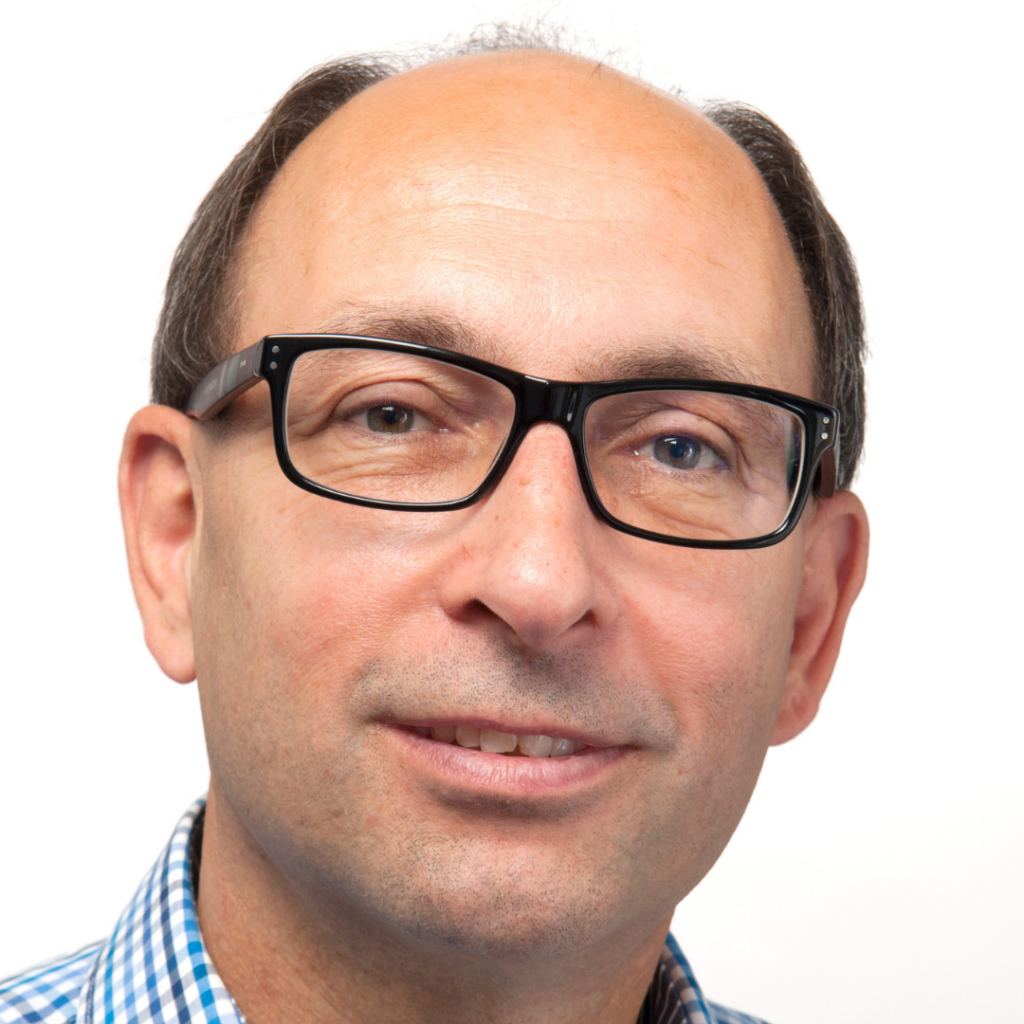
Repair Glia: An Overlooked Cell Type Orchestrating Skin Wound Healing
Lukas Sommer’s project explores the mechanisms mediating the role of repair glia in skin wound healing by means of genetically engineered mouse models and an organotypic 3D culture system of human skin wounds.
Inefficient skin wound healing can cause severe medical problems, including chronic wounds and ulcers. Innervation is a critical player in tissue regeneration and repair. While most studies have linked this effect to signaling from axons, there is increasing evidence for peripheral glia contributing to successful wound healing. Lukas Sommer’s laboratory has recently shown that peripheral glia following skin injury to become repair glia, which promote the wound healing process by paracrine signaling. In his project, single cell RNA sequencing on the cellular microenvironment in presence or absence of repair glia at defined timepoints after skin injury will be performed and complemented with spatial omics approaches to characterize the gene expression profile of repair glia and to identify their mode of intercellular communications with other skin cell types. Multiplex optical imaging approaches on biopsies of murine and human skin lesions will allow the investigation of the relevance of our findings in human skin diseases. Finally, functional validation of key candidate factors in mice and in 3D reconstituted human skin wounds will determine how repair glia promote the wound healing process and which signaling pathways could potentially represent targets for treatment.
Lukas Sommer’s project therefore aims to enhance our understanding of wound healing mechanisms with potential broad applications in medicine.
Maria Alcolea
Associate Professor, University of Cambridge, England, DKK 3.9m
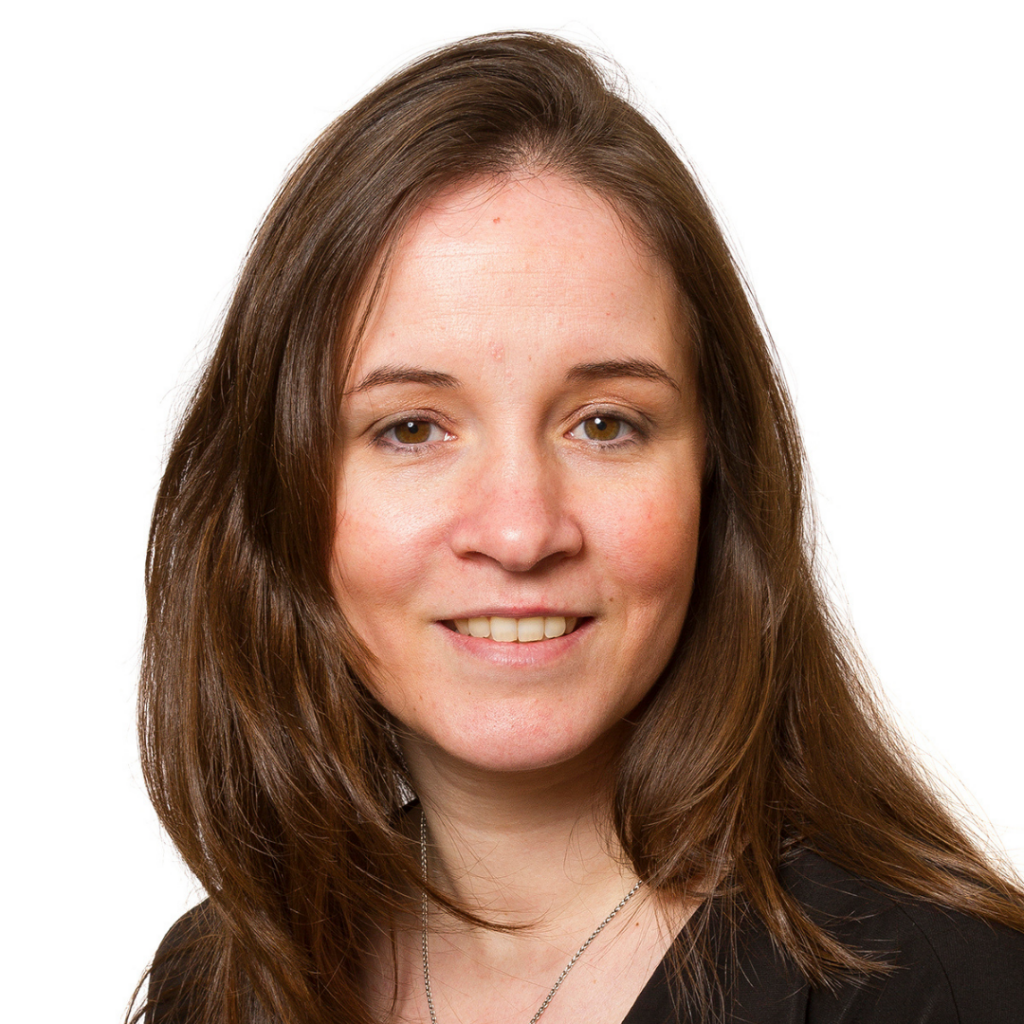
Impact of ageing on epidermal cell fate plasticity
Maria Alcolea’s project explores how the plasticity of skin cells is affected by aging. Maria Alcolea and her team will study the molecular pathways that modulate changes in cell behaviour throughout life. The ultimate aim is to identify new targets to improve tissue regeneration and delay the regenerative decline associated with human skin ageing.
The ability of epithelial cells to rewire their program of cell fate in response to tissue perturbations has emerged as a new paradigm in stem cell biology. This plasticity improves the efficiency of tissue repair by enabling differentiated/lineage committed cells to reacquire stem cell-like behavior in response to damage. However, despite obvious implications for skin regeneration, virtually nothing is known about how the plastic capacity of skin cells is affected by ageing, and whether this contributes to changes in the normal physiology of the epidermis at later stages in life.
Maria Alcolea’s project will investigate the impact of aging in skin cell fate plasticity by making use of a novel in vivo model that enables tracing the fate of epidermal cells from the earliest stages of commitment towards differentiation. Newly developed tools offers a unique opportunity to identify the mechanisms dictating epithelial cell fate plasticity and determine whether aged-associated changes in this process hold the key to understand why the regenerative capacity of our skin declines over time. She will combine the lab’s expertise in in vivo quantitative lineage tracing, single-cell RNA sequencing approaches, and mathematical network analysis. Observations made in in vivo mouse models will be compared to human skin using a novel 3D organ culture.
Maria Alcolea’s project may contribute significantly to the emerging field of epidermal cell plasticity and provide a benchmark for identifying potential targets to partially reduce/reverse skin ageing.
Nicolas Manel
Research Director, Institute Curie, France, DKK 2.7m
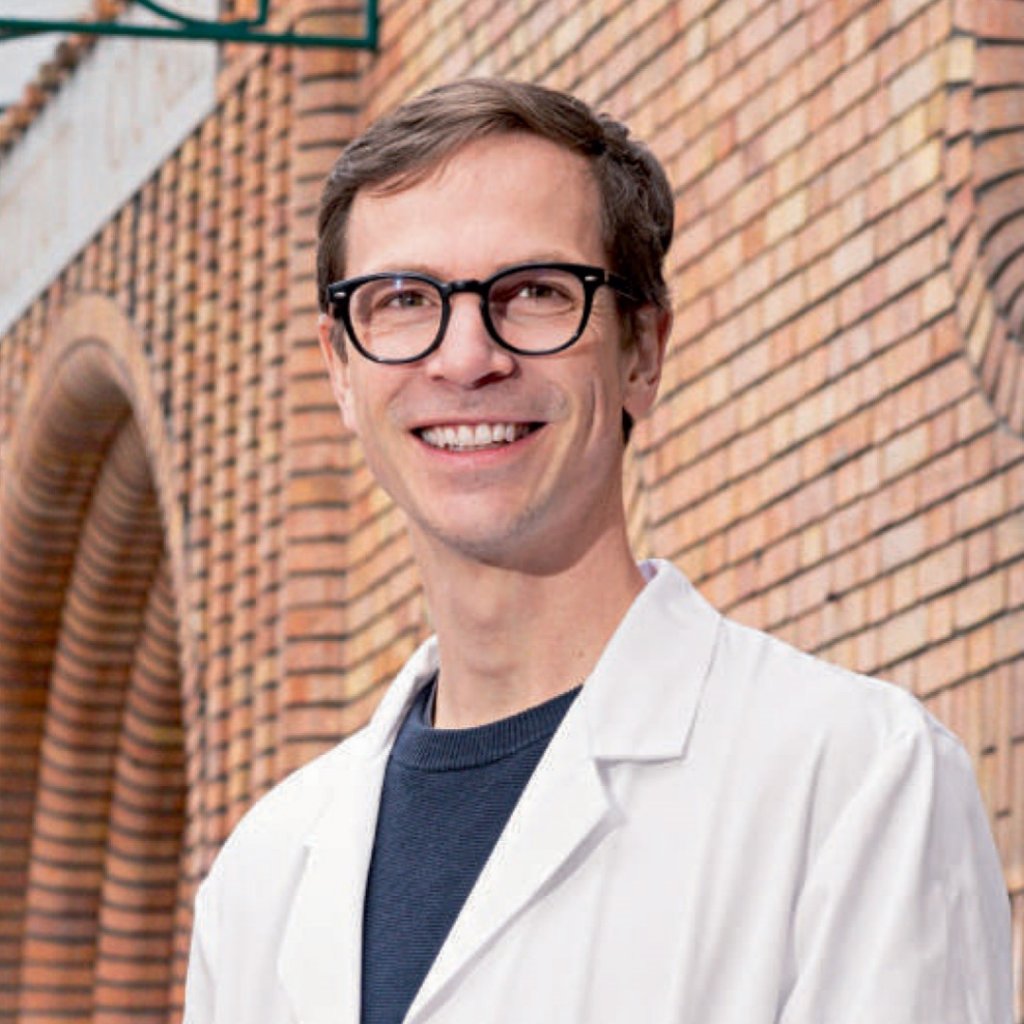
A novel model to study aging of skin immunity
Nicolas Manel’s project explores the mechanisms of skin aging and immunity dysfunction, with a focus on establishing a novel model for investigating the role of the nuclear envelope in skin aging.
Genome instability is considered a central mechanism of aging. The nuclear envelope is essential for genome stability. Nicolas Manel’s laboratory recently reported that in mice deficient for a protein of the nuclear envelope in the immune system, alveolar macrophages, but not other lung immune cells, acquire aging hallmarks and decline in number, as observed in chronological aging. This established that deficiency of a nuclear envelope component can represent a cell-intrinsic model of accelerated aging in specific immune cell types. In preliminary results, further explorations revealed that subsets of skin immune cells are also decreased in a mouse model of nuclear envelope deficiency. Interestingly, the same skin immune cells are decreased in the aged skin of humans and mice. Nicolas Manel’s project will test the hypothesis that loss of nuclear envelope integrity is a mechanism of aging in these skin immune cells. It aims to define the mechanisms leading to skin immune cell depletion, the impact on the immune cell homeostasis in the skin, and the pathophysiological consequences of such depletion in skin immunity against age-related pathologies.
The results of the project have the potential to reveal new fundamental pathways in the aging of skin immunity and its impact on the health of aged individuals.
Ole Birger Pedersen
Chief physician , Professor, Zealand University Hospital, Køge, Denmark, DKK 2.7m
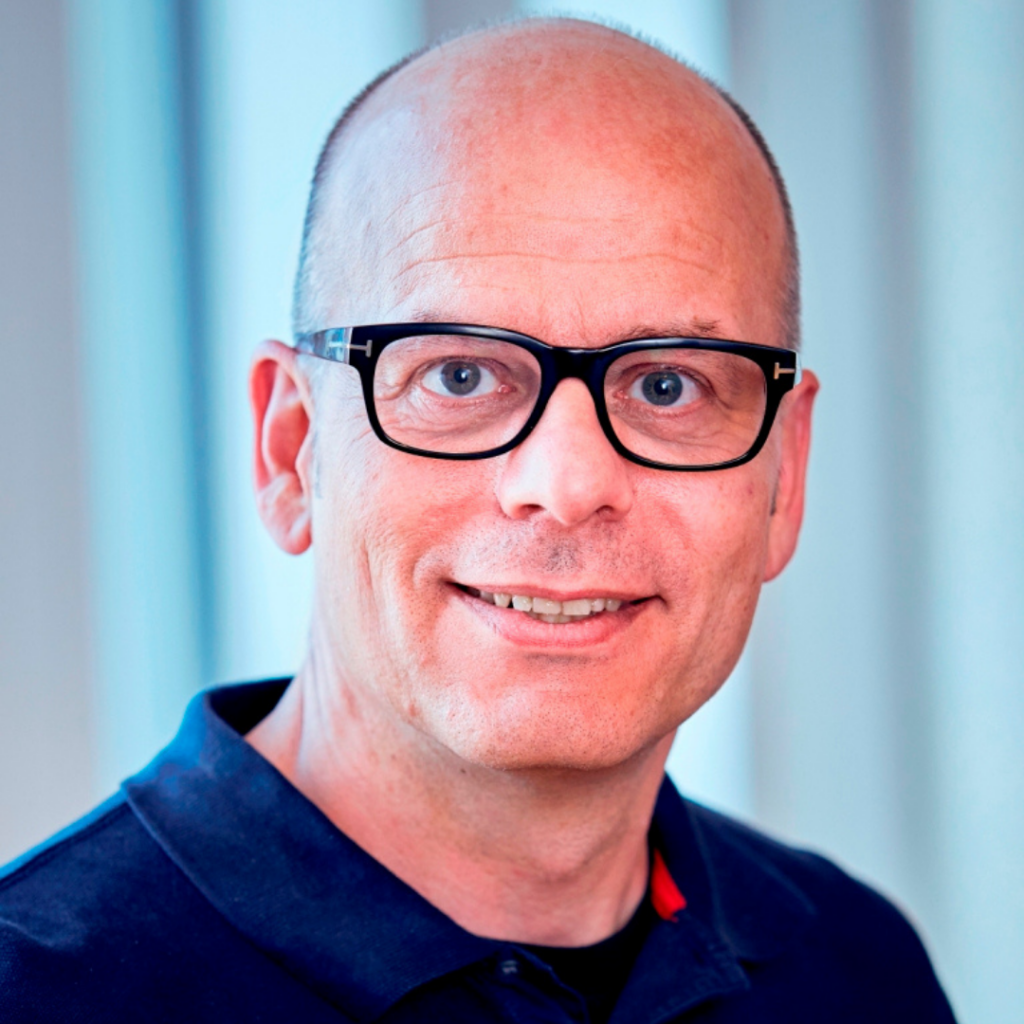
Epidemiology and genetics of rosacea and co-morbidities
Ole Pedersen’s project aims to determine the genetic basis of rosacea and the causal connection between rosacea and its comorbidities.
Rosacea is a common chronic inflammatory skin disease of the face, which may manifest as a bulbous nose, central erythema, flushing, inflammatory papules/pustules, or broken vessels in addition to diverse eye involvement. Severe rosacea has a large impact on the patients’ quality of life, social and psychological well-being and has been linked to many systemic comorbidities including cardiovascular, psychiatric, neurological, and cancer diseases.
Ole Pedersen’s project aims to identify the genetic pathways of rosacea and determine the causal connection and modifiable risk factors to previously reported systemic comorbidities. He has recently developed a rosacea classification tool and applied it to a deep phenotyped cohort of ~55,000 Danes allowing for detailed analysis of association between rosacea, risk factors and co-morbidities. In addition, Ole Pedersen has facilitated genotyping of 500,000 Danes that can be used for genome wide association study meta-analysis with other genetic cohorts from Iceland, Finland, UK and USA to perform the so far largest genetic study on rosacea. Based on this analysis, his project will determine the genetic correlations and perform Mendelian randomization analysis of the causation between rosacea and comorbidities.
Ole Pedersen’s project may provide new understanding of disease pathogenesis and the link to systemic comorbidities, paving the way for developing new treatments and early targeted interventions.
Rebecca Deprez-Poulain
Professor, Institut Pasteur de Lille, France, DKK 3.2m
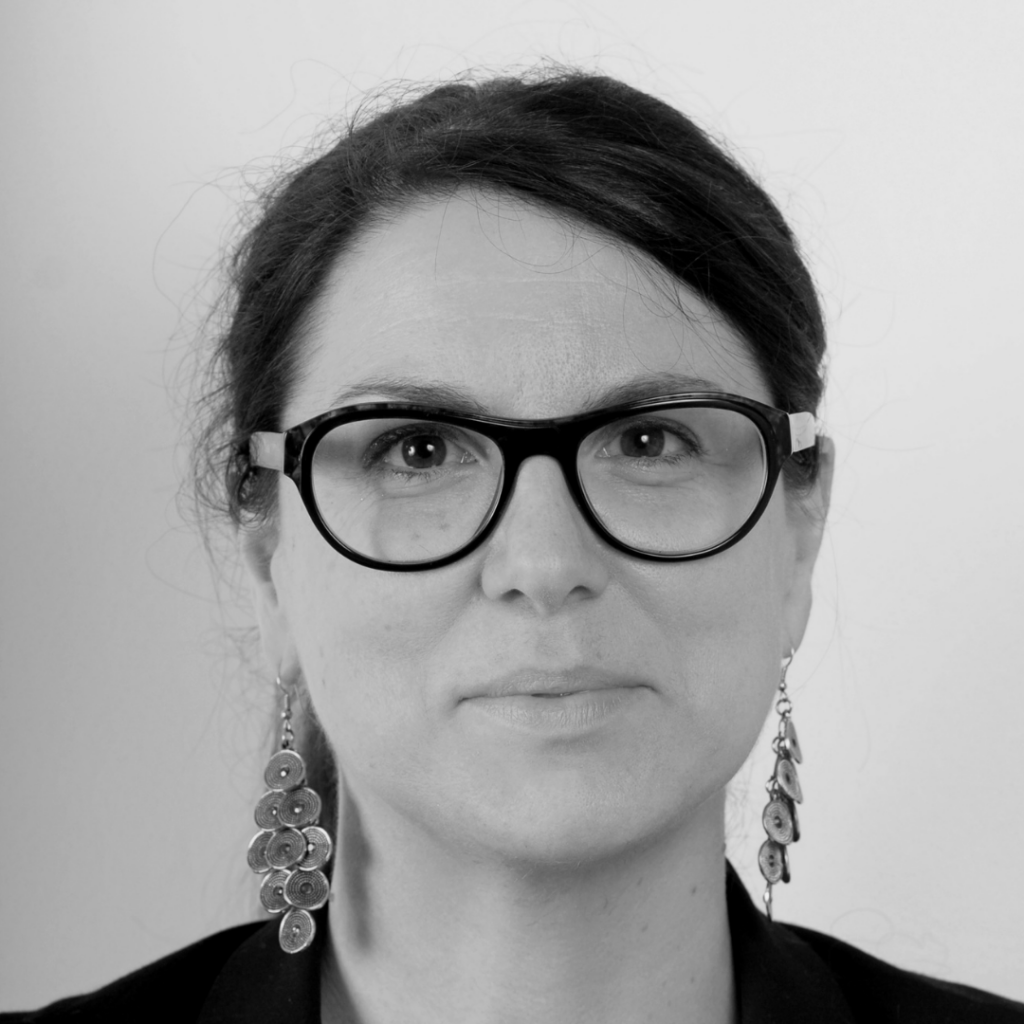
Inhibitors of ERAP1 or ERAP2 to modulate antigen processing towards new psoriasis treatment
Rebecca Deprez-Poulain’s project aims to investigate the therapeutic potential of ERAP1 and ERAP2 inhibitors for the treatment of psoriasis.
Psoriasis is caused by the erroneous recognition by T-cells of the immune system of self-peptides called antigens presented at the cell surface by the HLA-C receptor. This results in destruction cells and subsequent chronic inflammation. ERAP enzymes, which are the main actors of antigen preparation within cells, influence the immune response, and genetic studies show that several ERAP variants predispose to psoriasis. Rebecca Deprez-Poulain has identified selective inhibitors of ERAP1 and ERAP2 which decrease antigen presentation and T-cell activation and show preliminary positive results in vivo. Her project will combine structural biology, medicinal chemistry, biochemistry, and cellular biology to optimize current compounds into potent and selective inhibitors targeting ERAP. It will assess their therapeutic potential in purposely designed transgenic mouse models containing human ERAP, as well as in patient cells.
Rebecca Deprez-Poulain’s project may define the optimal profile of an ERAP inhibitor as a pharmacological tool, providing a foundation for the exploration of ERAP roles and eventually an ERAP-based oral treatment for psoriasis.
Sophia Maschalidi
Assistant Professor, Universiteit Gent, Belgium, DKK 4m
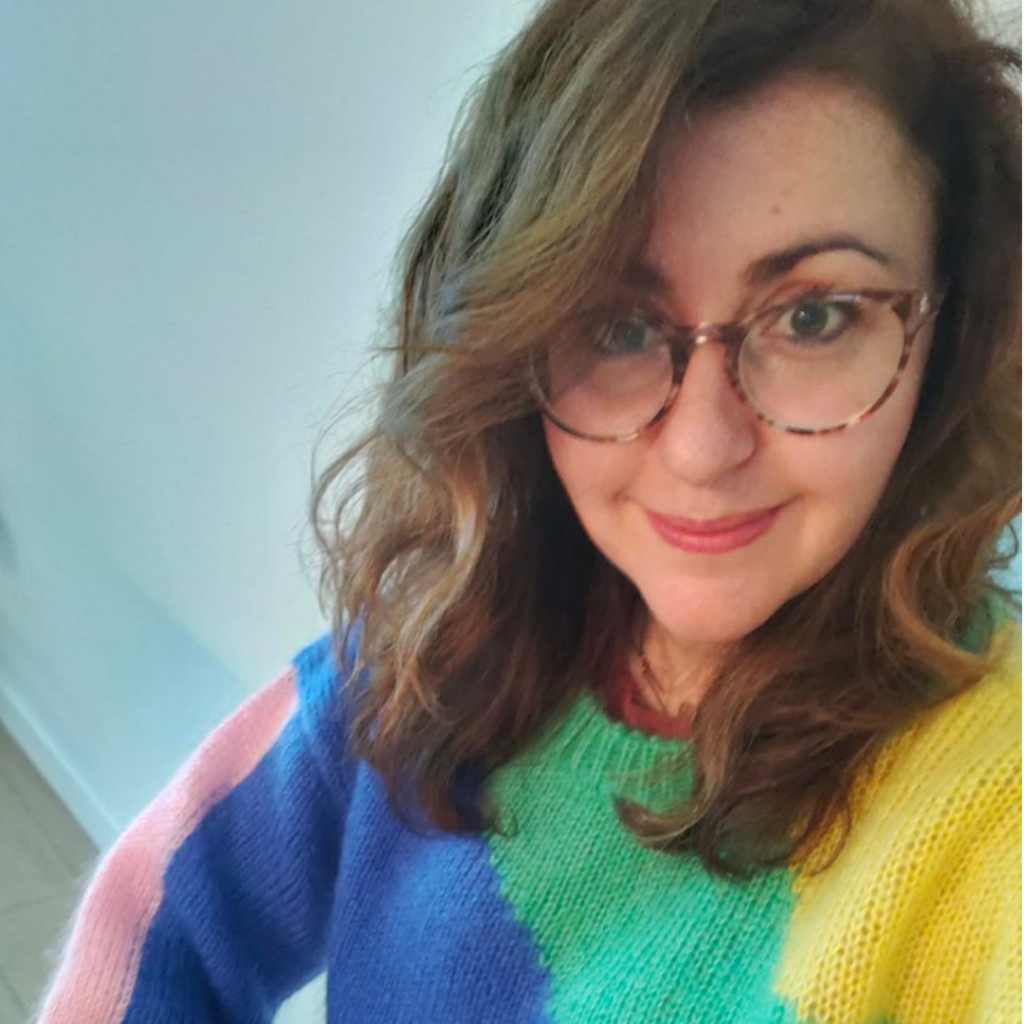
Boosting the phagocytic clearance of apoptotic cells for better wound healing during primary skin injury repair and upon secondary assaults
Sophia Maschalidi’s project explores the significance of enhancing efferocytosis – clearance of apoptotic cells by phagocytes – in skin injury repair, with the overall aim of accelerating wound closure.
The continual turnover of billions of cells in our bodies occurs as professional and non-professional phagocytes engulf cells dying via apoptosis. The efficiency of cell clearance or efferocytosis is remarkable and critical for homeostasis, minimizing inflammation and promoting repair. As the largest organ in our body, the skin acts as our first line of defense. Tissue repair after skin injury involves the clearance of apoptotic cells by phagocytes at the wound site as part of the process of resolving the inflammation and restoring the barrier. The importance of hastening barrier restoration is highlighted in chronic non-healing wounds, such as those associated with diabetes or in excess healing reactions after wounding leading to pathological scar tissue formation or fibrosis.
Sophia Maschalidi’s project aims to develop appropriate tools to enhance efferocytosis in vivo. Using novel techniques and sophisticated genetic mouse models, it will systematically address, for the first time, the importance of boosting efferocytosis during primary skin injury repair and in subsequent challenges. It will address how primary phagocytic experience shapes long-term changes on phagocytes and neighboring cells and whether this “efferocytic memory” shapes responses to secondary assaults.
Sophia Maschalidi’s project hopes to result in a fundamental understanding of the mechanisms and potential in boosting efferocytosis for therapeutic benefit in cutaneous wound management.
Wei Tao
Assistant Professor, Brigham and Women's Hospital, USA, DKK 4m
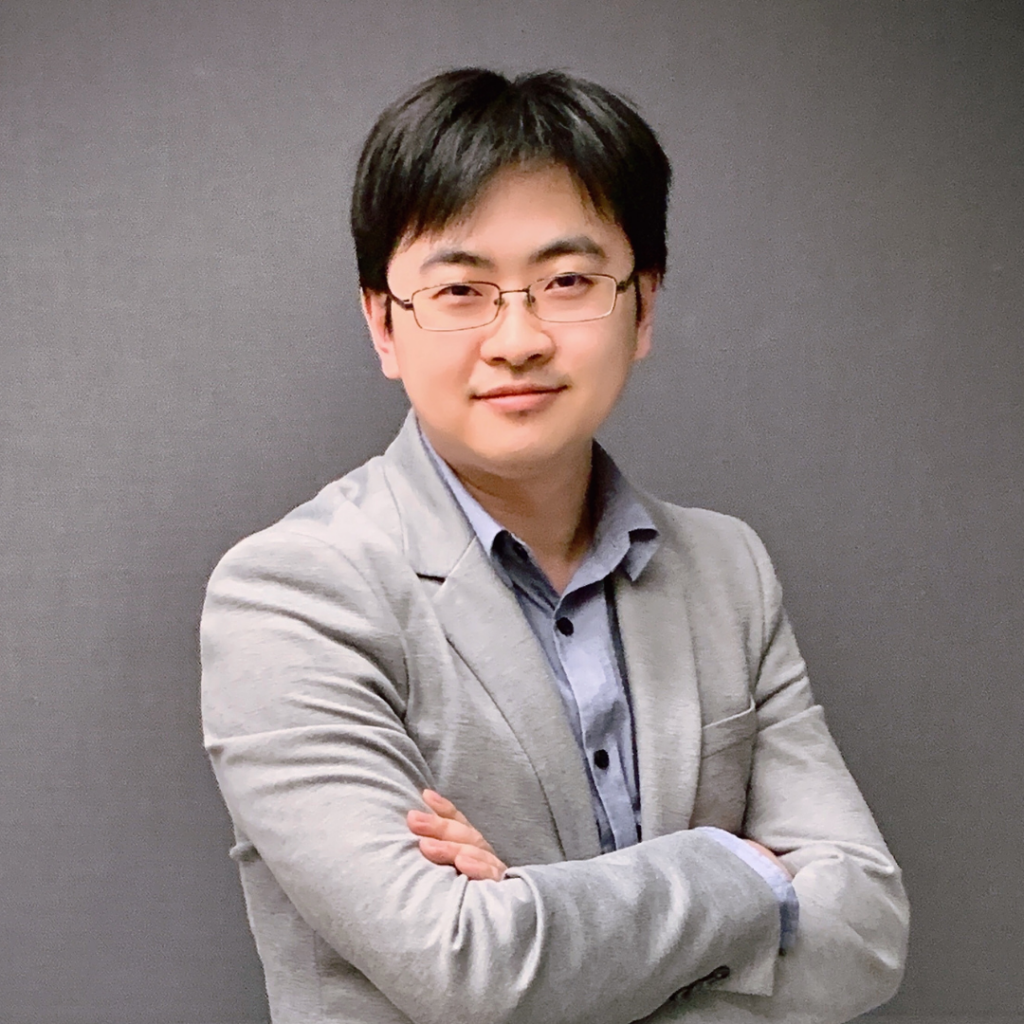
Modulating ECM and Immune Responses by Hybrid mRNA Therapeutics for Fetal-like Scarless Wound Healing
Wei Tao’s project explores the biological mechanisms to improve wound healing in adults by mimicking the scarless fetal wound healing process. This project aims to engineer a system that replicates the fetal extracellular matrix and immune responses, using mRNA techniques to produce specific proteins and inhibit biological processes leading to scar formation. This system employs lipid nanoparticles for mRNA delivery and hydrogel for controlled release, enabling spatiotemporal control of key components like collagen type III and interleukin-10, thereby reconstituting fetal-like extracellular matrix organization and modulating over-activated immune responses.
The project’s goals include establishing a foundation for future scarless wound healing studies, developing a hybrid mRNA therapeutic platform for skin defects and diseases, and correlating extracellular matrix and immune modulation with subsequent biological processes and outcomes. This research has promising potential for clinical applications in wound care and other dermatological diseases.
Xiaoyang Wu
Associate Professor, University of Chicago, USA, DKK 4m
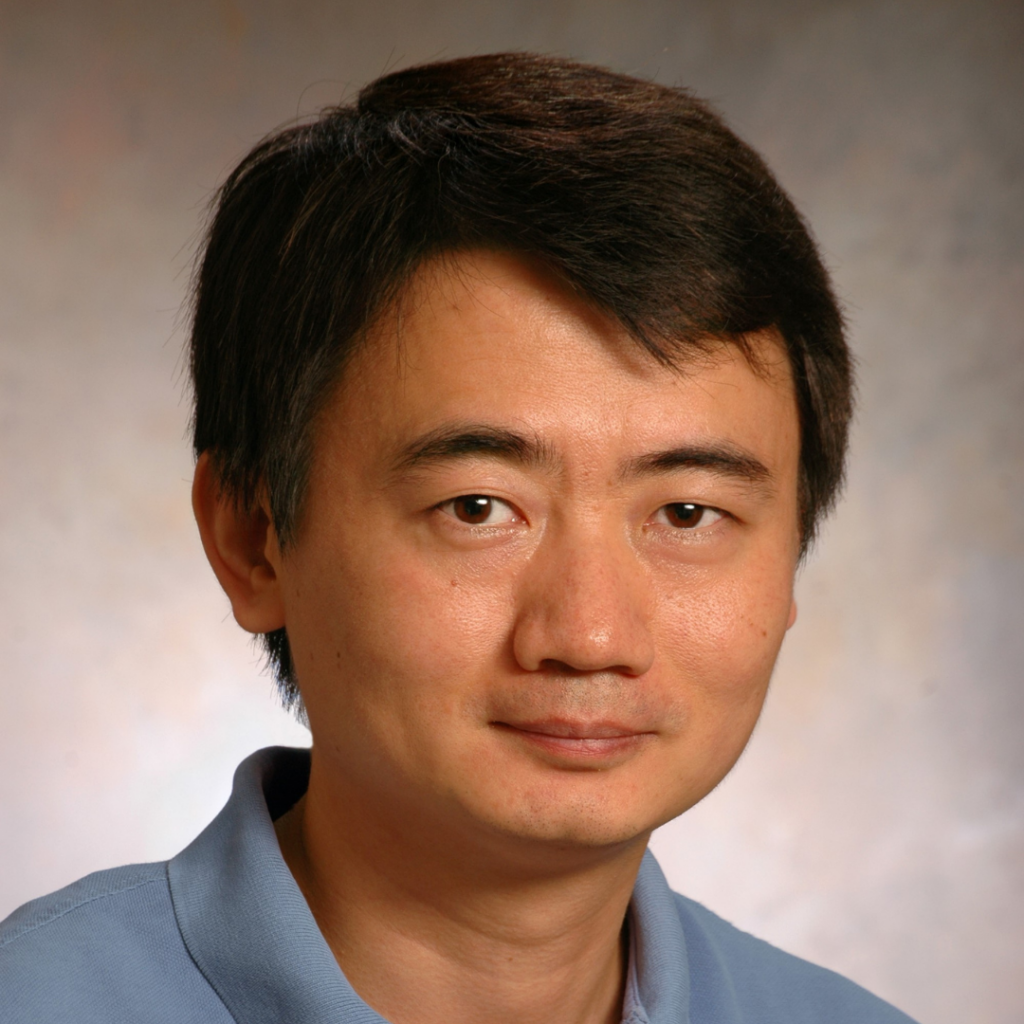
Development of novel RNA replicon vectors for treatment of skin genetic disorders
Xiaoyang Wu’s project aims to engineer self-amplifying RNA vector as a platform for gene therapy of recessive X-linked ichthyosis, with potential for treatment of other skin diseases.
Skin ichthyoses are a group of heterogeneous genetic diseases that are characterized by hyperkeratosis, localized or generalized scaling, and often associated with xerosis, hypohidrosis, erythroderma, and recurrent infections. So far, mutations in more than 50 genes have been shown to cause ichthyosis, which affect a variety of different cellular processes, ranging from DNA repair, lipid biosynthesis, cell adhesion, and skin differentiation. Recessive X-linked ichthyosis (RXLI) is the second most common form of inherited ichthyosis. RXLI is caused by mutations in the STS gene on the X chromosome, which encodes microsomal steroid sulfatase. The skin abnormalities of RXLI are caused by the impact of excess cholesterol sulfate, which affects lipid synthesis, organization of the lamellar lipids that provides the skin permeability barrier, corneodesmosome proteolysis, and epidermal differentiation.
As a genetic disorder, RXLI is a life-long condition that can significantly affect domestic life and cause psychological problems for the patients. More effective treatment beyond current symptomatic management is urgently needed. Xiaoyang Wu’s project will explore the possibility that engineered self-amplifying RNA vector can serve as a novel platform for gene therapy of RXLI.
Xiaoyang Wu’s project may serve as proof-of-concept for a novel paradigm for the treatment of patients with genetic skin disorders.
Yossi Buganim
Associate Professor, The Hebrew University of Jerusalem, Israel, DKK 4m
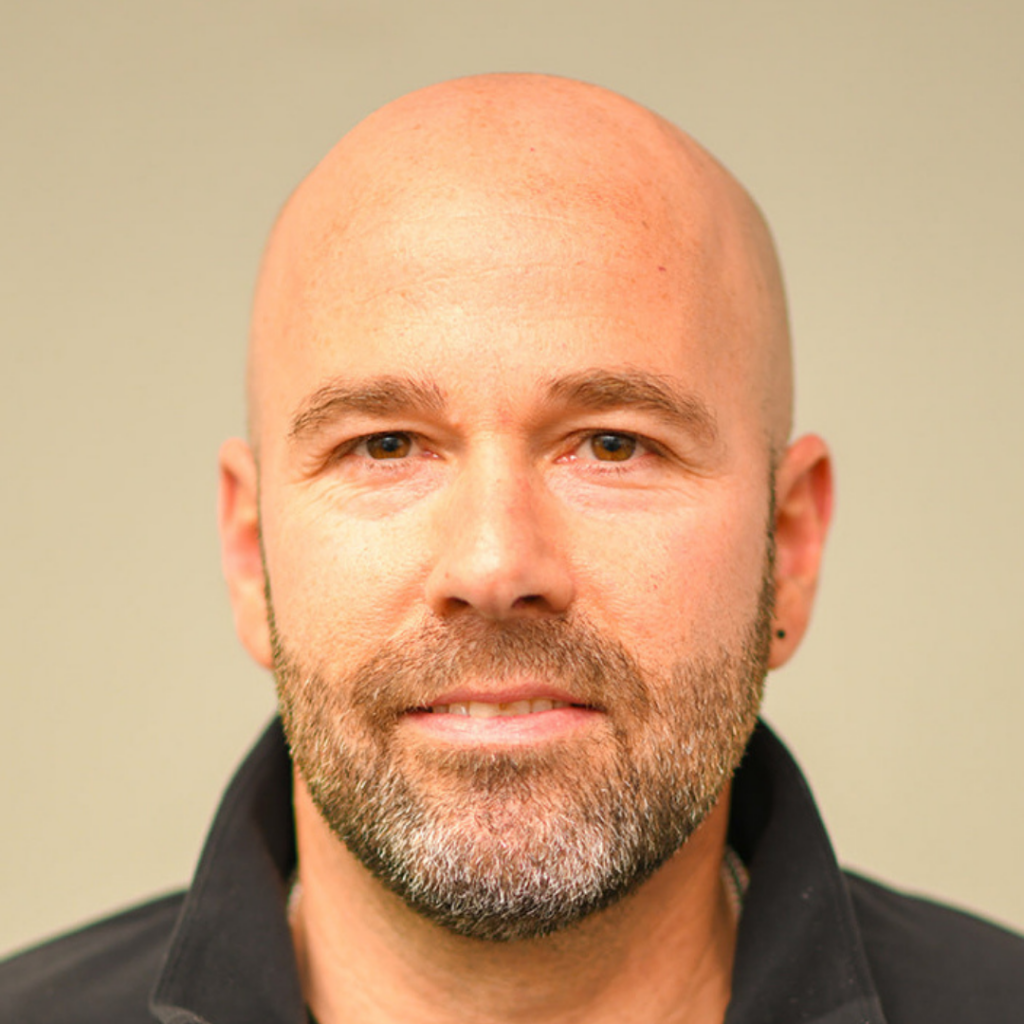
Harnessing Novel Partial Reprogramming Technology to Revitalize Aging Skin Fibroblasts for Enhanced Wound Healing
Yossi Buganim’s project investigates the mechanisms behind fibroblast dysfunction in aging skin and develops a novel technology for rejuvenating aged fibroblast to improve wound healing.
Fibroblasts are pivotal in orchestrating skin wound healing processes, contributing to fibrin clot breakdown, extracellular matrix synthesis, collagen formation, and wound contraction. These multifaceted roles highlight their significance in skin repair following injuries, which trigger a cascade of synchronized healing mechanisms. Despite their crucial functions, aging impairs fibroblast functionality, leading to prolonged and impaired wound healing processes, increasing susceptibility to chronic wounds and scarring. Elderly individuals experience delayed wound healing, partly attributed to reduced cell division of the aged fibroblasts and diminished fat cell production and attraction to the wound area, resulting in thinning skin and heightened vulnerability to injuries. Moreover, aging cells exhibit slower regeneration, compromised bacterial defense mechanisms, and increased inflammation, further hindering the healing process.
Addressing these age-related impairments is imperative for advancing wound care strategies. Yossi Bunganim’s project seeks to elucidate the molecular mechanisms underlying fibroblast dysfunction in aging and leverage novel partial reprogramming technology to rejuvenate aged fibroblasts, enhancing wound healing outcomes.
Yossi Bunganim’s project aims to develop innovative interventions to mitigate the burden of chronic wounds and scarring in the aging population, ultimately improving overall quality of life and healthcare outcomes.
